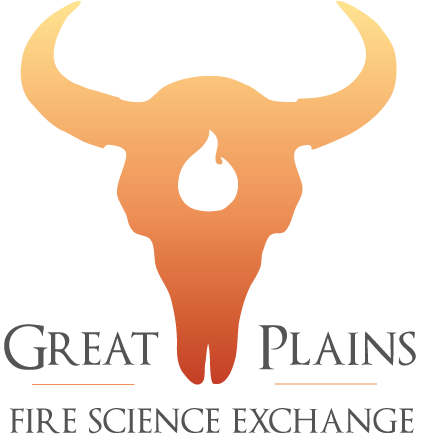Publications
Integrated management of eastern redcedar on pasture and grasslands should be based on a combination of cultural, mechanical, biological and chemical tools to keep this tree from continuing to spread while protecting grassland production and profits. Tree height should be used as a determining factor for control options. Burning, cutting, digging, mowing, use of goats and broadcast herbicide application are effective on trees up to 2 feet tall. Cutting and individual tree herbicide treatments work well on eastern redcedar 2-10 feet tall. Trees over 10 feet in height are most effectively and economically controlled by cutting. The bottom line is “control trees while they are small.”
Read MoreWhen considering components such as fuels, topography, and regulations that must be taken into account before conducting a prescribed burn, one factor is completely beyond our control: weather. This publication lists several resources that provide detailed current weather information for a given location.
Read MoreThe tallgrass prairie is one of the most endangered ecosystems in North America. Prescribed burning, the practice of planning and conducting a burn to achieve pre-identified management objectives, was practiced by Native Americans prior to European settlement. Modern grassland managers also burn, using a blend of ecosystem science and practical management to maintain the expansive landscapes of the Great Plains.
Information on the Flint Hills Smoke Management Plan can be found at https://www.ksfire.org. And additional resources are at https://gpfirescience.org.
Read MoreJohn Weir, Oklahoma State University, discusses research from cattle grazing after a prescribed burn.
Read MoreJohn Weir, Oklahoma State University, discusses research on how to control brush on a prairie
Read MoreJohn Weir, Oklahoma State University, discusses the results of research from the areas that aren’t burned in the Season of Burn plots.
Read MoreJohn Weir, Oklahoma State University, discusses research in controlling sericea lespedeza by using prescribed burning.
Read MoreJohn Weir, Oklahoma State University, discusses research on the effects of prescirbed burning during different seasons of the year.
Read MoreThis planning guide is the result of an international collaboration between researchers, various stakeholders, and fire practitioners. It contains information on evaluating and building trust among stakeholders with specific applications to fire management. The guide includes a discussion of the importance of trust, strategies for building trust, examples of fire management situations in which trust played a role, and an assessment tool for fire management personnel.
Read MoreThis recent survey summarizes the activity, needs, and safety records of 27 Prescribed Burn Associations (PBAs) in the Great Plains. Take a look through this valuable and relevant information; it’s well worth your time.
2015-06
Read More
